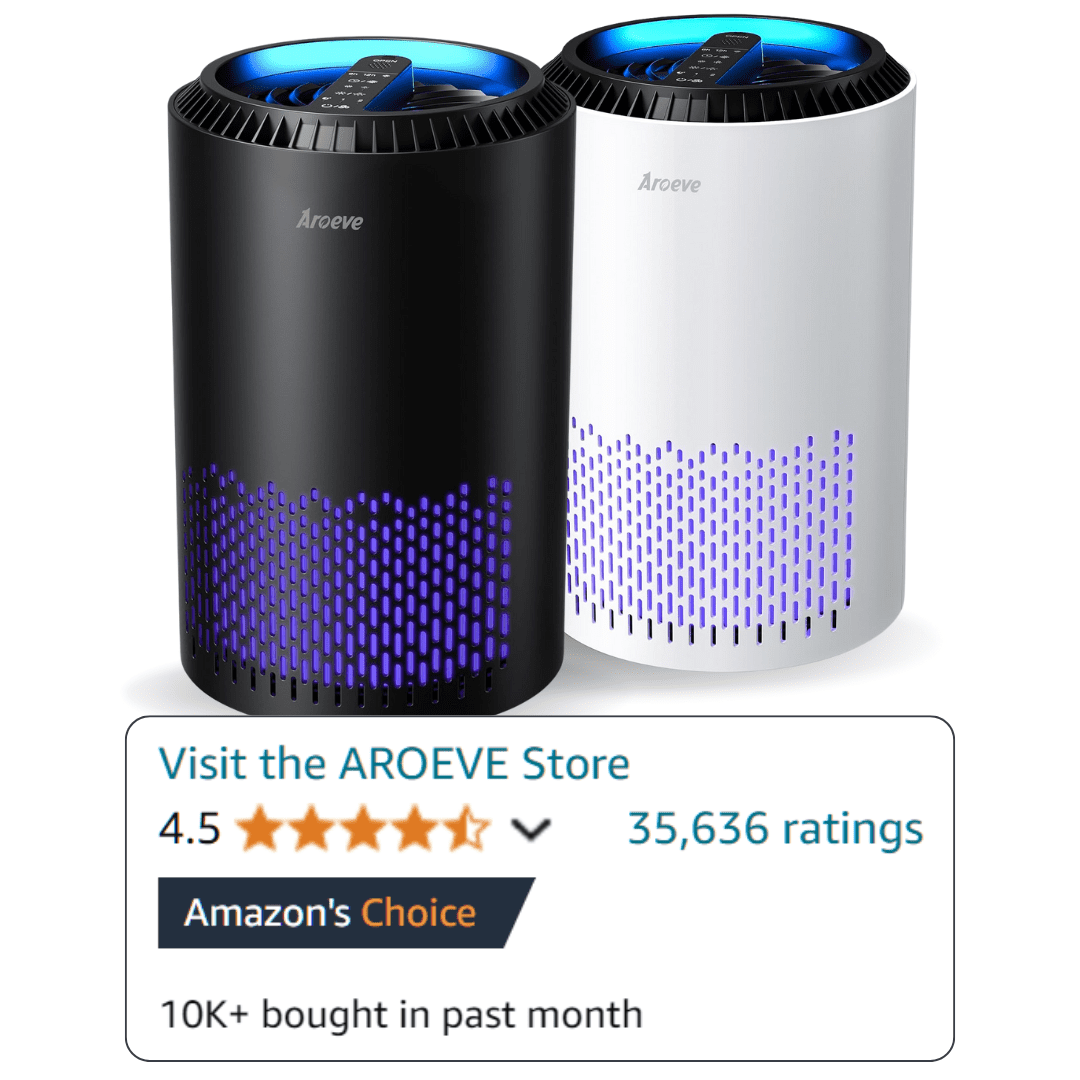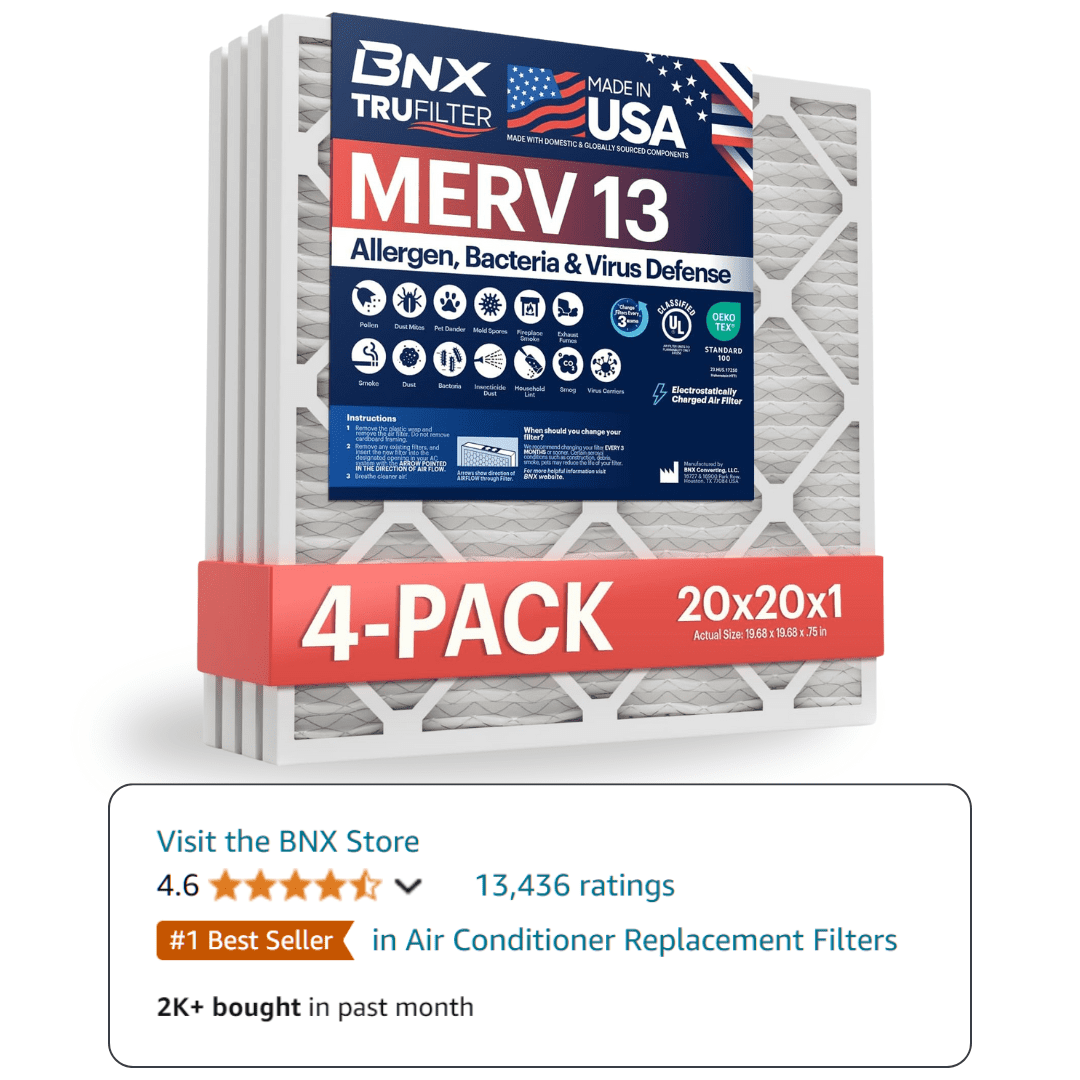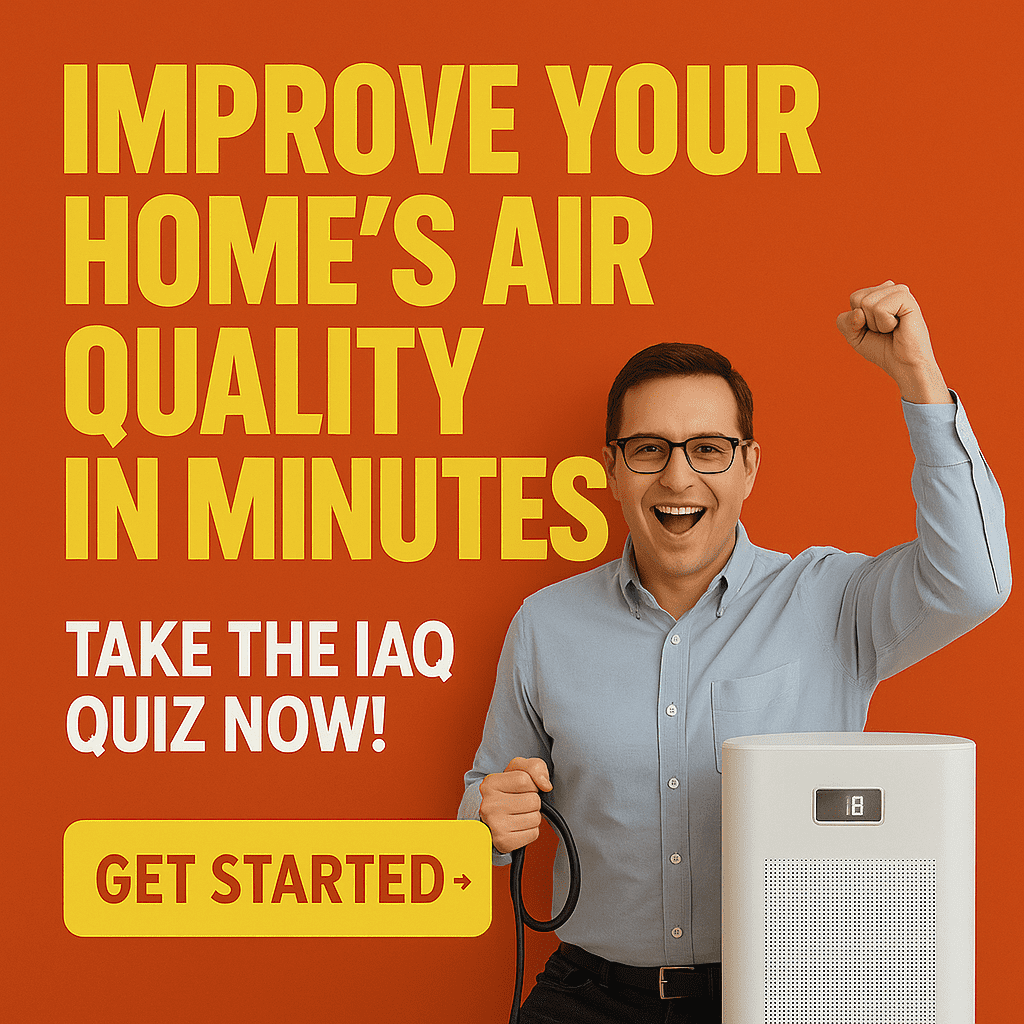Understanding Indoor Air Quality Problems
Common IAQ Issues in Modern Homes
Indoor air quality (IAQ) problems are more common than most homeowners realize. Common issues include dust, pet dander, pollen, mold, volatile organic compounds (VOCs), and poor ventilation. Modern homes, built for energy efficiency, often trap pollutants inside, making IAQ a growing concern.
Health Impacts of Poor Indoor Air Quality
Poor IAQ can cause allergies, asthma, headaches, fatigue, and even long-term respiratory issues. Children, seniors, and those with pre-existing conditions are especially vulnerable. The EPA and American Lung Association both stress the importance of clean indoor air for overall health.
How to Identify Air Quality Problems
Signs of poor IAQ include persistent odors, visible mold, condensation on windows, and increased allergy symptoms. Professional air quality testing and smart home monitors can help pinpoint specific issues.
Comprehensive Indoor Air Quality Solutions
Mechanical Ventilation Systems
Proper ventilation is the foundation of good IAQ. Mechanical systems like ERVs and HRVs exchange stale indoor air for fresh outdoor air, reducing pollutant buildup. Learn more about mechanical ventilation solutions.
Air Purification Technologies
HEPA filters, UV-C lights, and bipolar ionization systems remove or neutralize airborne contaminants. Whole-home air purifiers are especially effective for allergy and asthma sufferers. Explore air purification options.
Humidity Control Solutions
Maintaining indoor humidity between 30-50% helps prevent mold, dust mites, and respiratory discomfort. Dehumidifiers and humidifiers can be integrated with HVAC systems. See humidity control solutions.
Source Control Methods
Eliminate or reduce sources of pollution: use low-VOC products, fix leaks, and ensure proper storage of chemicals. Regular cleaning and maintenance are essential.
Professional vs DIY Air Quality Solutions
When to Call IAQ Professionals
Complex issues like mold, radon, or persistent VOCs require professional assessment and remediation. Schedule a professional air quality assessment.
DIY Solutions That Actually Work
Change HVAC filters regularly, use exhaust fans, add houseplants, and ventilate when possible. Monitor air quality with smart sensors for real-time feedback.
Cost-Benefit Analysis by Solution Type
Whole-home air purifiers: $1,500-$4,000. Ventilation systems: $3,000-$8,000. Testing: $300-$800. DIY solutions are low-cost but may not address all issues.
Seasonal Indoor Air Quality Strategies
Winter Air Quality Management
Seal drafts, use humidifiers, and increase ventilation to combat dry, stagnant air.
Summer Humidity Control
Use dehumidifiers and air conditioning to keep humidity in check and prevent mold growth.
Spring Allergen Prevention
Install high-efficiency filters, clean ducts, and keep windows closed during high pollen days.
Choosing the Right IAQ Solution for Your Home
Assessment Tools and Testing Methods
Use air quality monitors and professional testing to identify specific pollutants and tailor solutions.
Solution Matching by Home Type
Older homes may need more source control; new builds benefit from advanced ventilation and filtration.
Budget-Friendly Implementation Plans
Start with filter upgrades and regular maintenance, then add purification or ventilation as needed.
FAQ
- What are the most effective indoor air quality solutions for allergies? HEPA filtration, humidity control, source elimination, and regular HVAC maintenance.
- How much do professional indoor air quality solutions cost? Whole-home air purifiers: $1,500-$4,000; ventilation: $3,000-$8,000; testing: $300-$800.
- Can I improve indoor air quality without expensive equipment? Yes: filter changes, houseplants, ventilation, source control, humidity monitoring.
- How do I know if my indoor air quality solutions are working? Use air quality monitors, track symptoms, and schedule professional testing.
- What’s the difference between air purifiers and ventilation systems? Purifiers filter air; ventilation exchanges indoor/outdoor air.
- How often should I replace air filters? Standard: 1-3 months; HEPA: 6-12 months.
- Are smart home IAQ solutions worth it? Yes: real-time monitoring, automation, energy savings.
- What works best for pet owners? HEPA filtration, increased ventilation, regular cleaning.
References & Authority Sources
- EPA Indoor Air Quality Guidelines
- ASHRAE Standard 62.2
- NAFA Guide to Air Filtration
- NIH, CDC, American Lung Association



